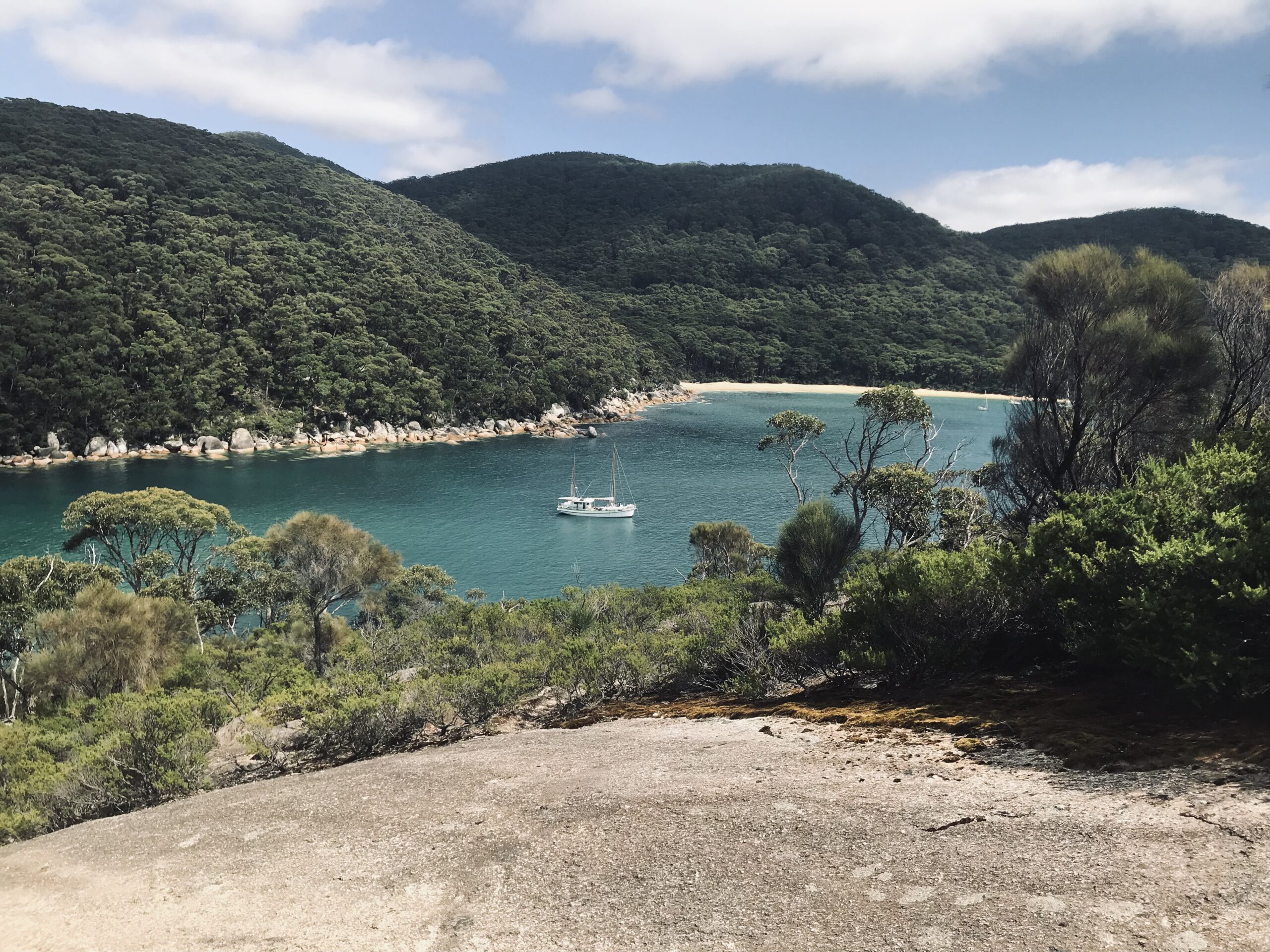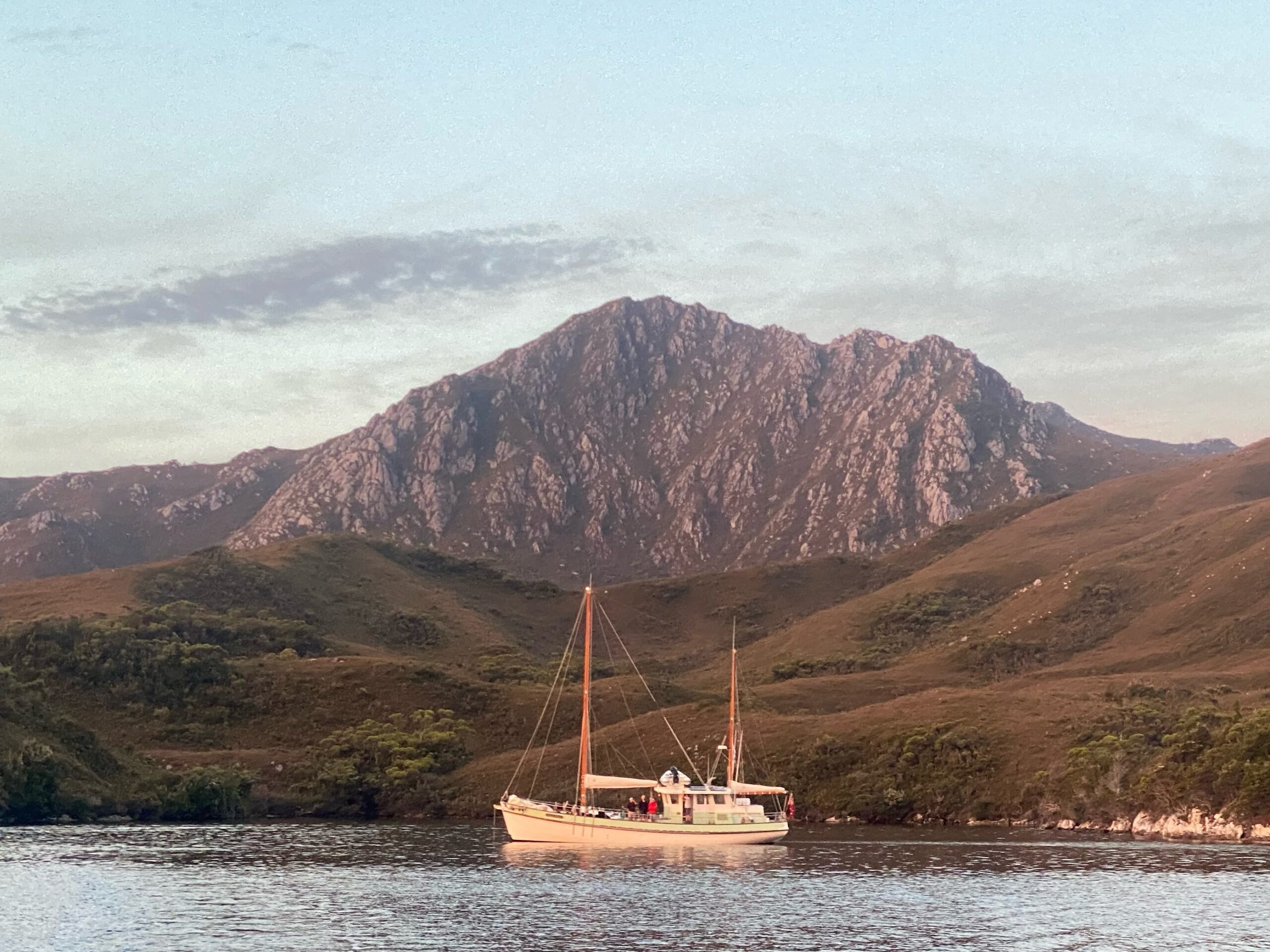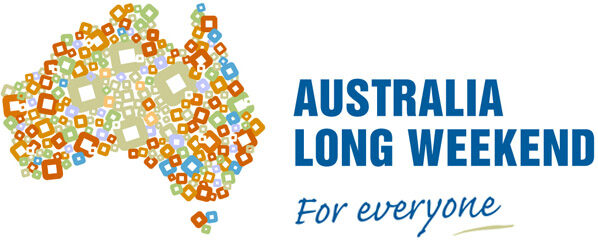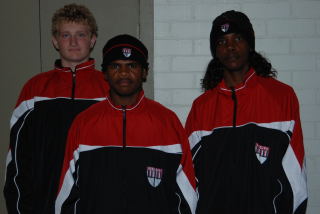In the Australian national anthem “Advance Australia Fair,” the phrase “girt by sea” refers to Australia’s geographical location as an island nation surrounded by water. The line emphasizes Australia’s unique position as a continent and an island, highlighting its natural beauty and maritime identity. This phrase evokes a sense of pride in the country’s landscape and environment.
I’m lucky enough to have spent a lot of my life in, on or beside the sea. Much of my early childhood was spent at Sorrento on the southern tip of the Mornington Peninsula in Victoria. I still regard this area as my spiritual home. On one side of the peninsula is the relatively sheltered waters of Port Phillip whilst the other side forms the northern edge of Bass Strait which has a well earned reputation as a notorious waterway.
How lucky we are as Australians to have these wild and beautiful places – still relatively close to major hubs of civilisation.
The sand dune areas with their hardy vegetation conditioned to relatively low rainfall and high winds provide an accessible wilderness close to home. There is no better place to shake off the burdens of modern city life. The harshness of the environment and the many different conditions that come with it creates an immediate connection for the visitor to the natural world.
Whether I am on, in or by the sea, I lose my sense of confidence. I always feel small – insignificant – a minute part of the natural world. The security that comes with being a part of modern civilisation is removed which provides the opportunity to see us humans as being just a part of a greater universe. I’ve had a couple of close calls when I have been surfing and sailing so I have a heightened sense of respect for the power of the sea. Feeling humble in the presence of nature is an important element for human happiness.
My favourite animal is the dolphin. Since 2015, I have been lucky enough to be the custodian of a Tasmanian crayfishing vessel built in 1958 which has been restored to provide a vessel for ocean voyages. It’s always a special time on board when a pod of dolphins join us to play in the bow wave. As they dart back and forward, they roll and make eye contact with the human spectators looking at them over the bow. I always get the sense that they are saying “hello friend, come and play in our beautiful sea”.
Dolphins on the port bow
Refuge Cove - Victoria

Bathurst Channel – Tasmania



